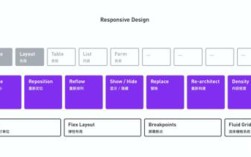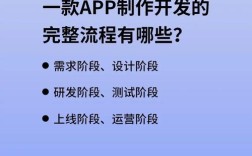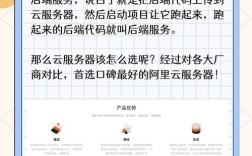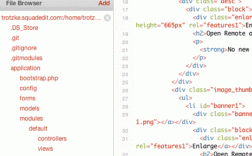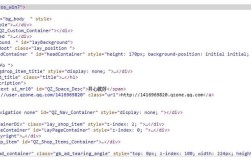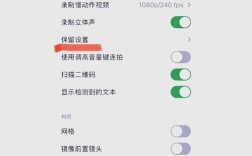在小学阶段用英文讲解“sleep”这一主题时,需要结合儿童的认知特点,通过生动、形象且互动性强的教学方法,帮助学生理解睡眠的重要性、过程及相关健康习惯,以下从教学目标、核心内容、教学方法、活动设计及延伸学习等方面展开详细说明,并辅以表格总结关键知识点,最后附上相关问答。
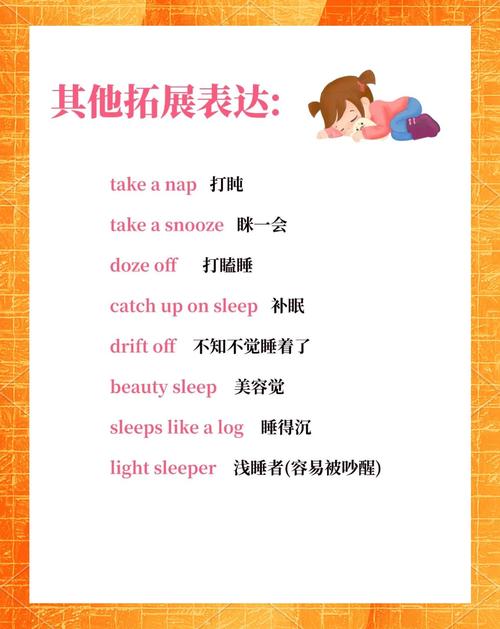
教学目标设定
小学英语课堂讲解“sleep”,需围绕语言知识、认知能力与情感态度三维目标展开:
- 语言知识:掌握与睡眠相关的核心词汇(如sleep, awake, dream, bed, pillow, blanket, tired, rest等)及简单句型(如“I sleep at 9 p.m.”“We need sleep to grow strong.”)。
- 认知能力:理解睡眠的基本作用(如帮助身体成长、恢复精力、让大脑更聪明),区分“好习惯”与“坏习惯”(如睡前刷牙vs.睡前吃糖)。
- 情感态度:培养学生养成规律作息的意识,愿意主动分享自己的睡眠习惯,感受健康生活的快乐。
核心教学内容设计
睡眠的基础概念:从“是什么”到“为什么”
(1)引入睡眠的定义
通过图片或动作演示,让学生直观理解“sleep”的含义,教师做出“闭眼、打呼噜”的动作,说:“Look, I’m sleeping. My eyes are closed. I’m not awake.” 引导学生模仿,并跟读“sleep”“awake”等词汇。
(2)睡眠的重要性:用“身体的小故事”解释
将抽象的“作用”转化为儿童易懂的“身体工作原理”。
- “When we play, our body and brain work hard—they need to rest! Sleep is like a ‘recharge battery’ for our body.”(当我们玩耍时,身体和大脑努力工作,它们需要休息!睡眠就像身体的“充电电池”。)
- “When we sleep, our body grows taller and stronger. That’s why babies sleep so much—they are growing fast!”(睡觉时,我们的身体会长得更高、更强壮,所以婴儿睡很多——他们正在快速长大!)
- “Our brain is like a busy box. At night, it puts the day’s toys (memories) in the right place. So tomorrow, we can remember our lessons and games better!”(我们的大脑像一个忙碌的盒子,晚上,它会把白天的“玩具”(记忆)整理好,这样明天我们就能更好地记住功课和游戏!)
睡眠的“好习惯”与“坏习惯”
通过对比情景,引导学生判断健康行为。
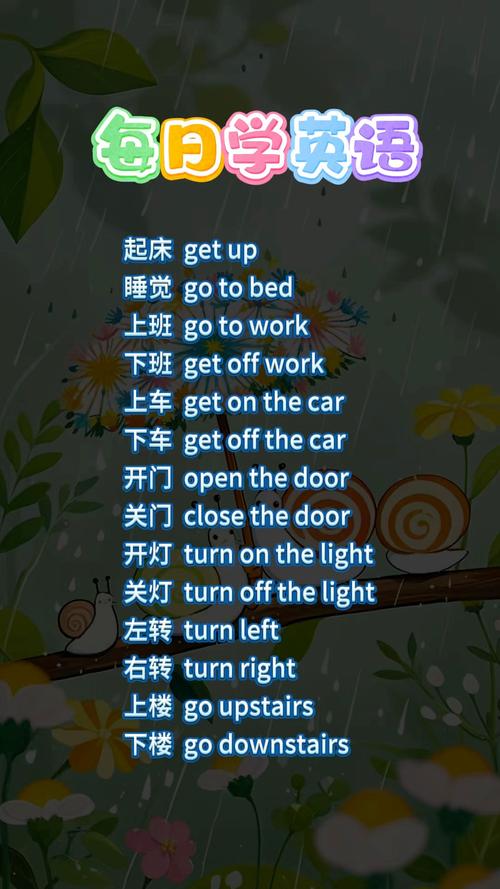
- Good Sleep Habits(好习惯):
- Go to bed early and wake up on time.(早睡早起)
- Brush teeth before bed.(睡前刷牙)
- Read a storybook in bed (instead of using tablets).(睡前读故事书,不用平板)
- Keep the bedroom dark and quiet.(卧室保持黑暗、安静)
- Bad Sleep Habits(坏习惯):
- Eat candy or ice cream before bed.(睡前吃糖果或冰淇淋)
- Play games or watch TV late at night.(深夜玩游戏或看电视)
- Sleep with the light on.(开灯睡觉)
睡眠的“小秘密”:梦境与睡眠时长
(1)dreams”
用提问激发兴趣:“Do you see pictures in your sleep? That’s a dream! Maybe you dream of playing with friends or flying in the sky.”(你睡觉时看到图片吗?那是梦!你可能梦到和朋友玩,或者在天上飞。)鼓励学生用简单句子分享自己的梦境,如:“I dreamed of a big dog last night.”
(2)不同年龄的“睡眠时间表”
通过表格对比,让学生直观了解“需要睡多久”:
| Age Group (年龄组) | Hours of Sleep Needed (所需睡眠时长) |
|---|---|
| Babies (婴儿) | 14-17 hours |
| Kids (儿童, 6-12岁) | 9-12 hours |
| Adults (成人) | 7-9 hours |
引导学生讨论:“Are you getting enough sleep? Let’s count: If you sleep from 9 p.m. to 7 a.m., that’s 10 hours! Great!”(你睡够了吗?我们来数一数:如果晚上9点睡,早上7点起,就是10小时!真棒!)
教学方法与互动活动设计
多感官输入:图片、动画与实物
- 图片卡游戏:展示“bed, pillow, blanket, moon, stars”等图片,快速说出单词,或让学生分组“抢答”。
- 动画短片:播放简短的英文动画(如《小猪佩奇》中“Bedtime”片段),让学生观察角色如何准备睡觉,并模仿台词(“It’s bedtime. Time to brush teeth!”)。
- 实物演示:拿出真实的枕头、被子,让学生触摸并描述:“This pillow is soft. The blanket is warm.”
角色扮演:模拟“睡前routine”
分组设计“睡前流程”,并用英文表演。

- Child 1: “It’s 8:30 p.m. Time for bed.”
- Child 2: “Okay! First, I brush my teeth. Then I put on my pajamas.”
- Child 3: “Mom reads me a story. Finally, I say ‘Goodnight’ and close my eyes.”
表演后,教师给予鼓励:“Great job! You have a good bedtime routine!”
歌谣与韵律:强化记忆
创编简单的英文歌谣,配合动作:
(Tune: "Twinkle Twinkle Little Star")
"Sleep, sleep, little one,
When the day is done.
Close your eyes, rest your head,
Dream of stories in your bed.
Sleep, sleep, little one,
Till the morning sun has come!"
带领学生边唱边做“闭眼、点头”动作,在韵律中巩固“sleep”的核心概念。
延伸学习与生活联系
制作“Sleep Chart”(睡眠记录表)
让学生制作个人睡眠记录表,每天填写“Bedtime”和“Wake-up Time”,周末用英文简单总结,如:“I slept 10 hours on Friday. I feel happy and strong!”
家庭任务:与家人分享“Sleep Tips”
布置任务:“Teach your family one good sleep habit in English!”(教家人一个英文睡眠小贴士),如:“Mom, no phones before bed! Let’s read a book together.” 培养学生将课堂知识应用于生活。
相关问答FAQs
Q1: Why do we feel tired even after sleeping?
A1: Sometimes we feel tired because our sleep is not good! For example, if we sleep with the light on, or eat too much before bed, our body can’t rest well. Also, if we go to bed too late, we might not get enough hours of sleep. Remember: Early to bed, early to rise, helps us feel energized and wise!
Q2: What if I have a scary dream?
**A2: Scary dreams are normal! They just mean our brain is busy thinking. When you wake up, turn on the light, hug your pillow tightly, and tell your mom or dad. You can also think about happy things, like playing with your favorite toy, before going back to sleep. Sweet dreams!


